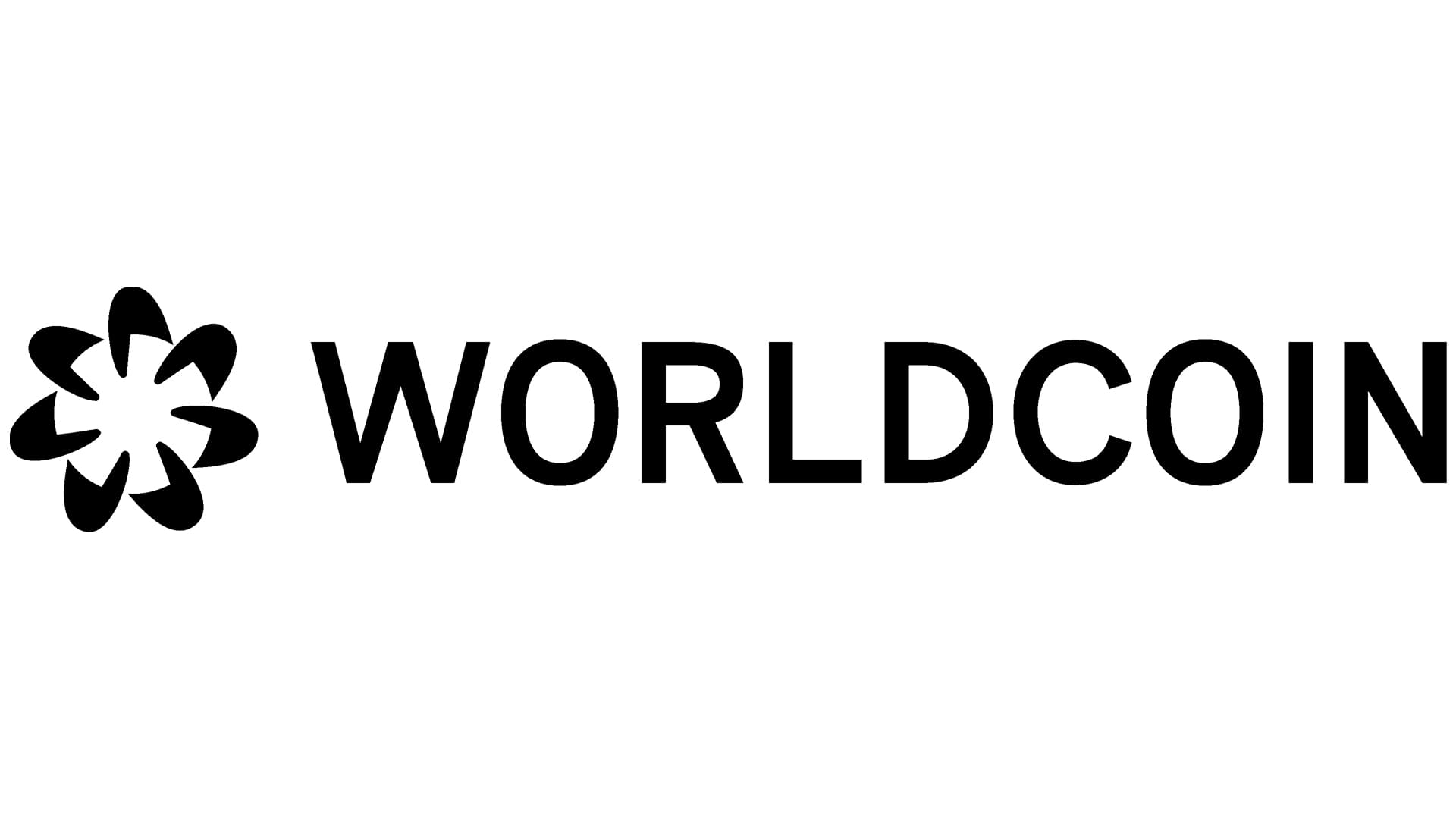
Worldcoin: Fixing Wealth Inequality On A Global Scale
“Worldcoin is building the world’s largest identity and financial network as a public utility, giving ownership to everyone.”
Sounds pretty great, eh? We think so too.
Worldcoin is a new and ambitious cryptocurrency project aiming to make digital currency accessible and beneficial to everyone across the globe. This is the quick and dirty breakdown of what you need to know about Worldcoin’s history, use cases, benefits and risks.
History of Worldcoin
Worldcoin was founded by Alex Blania, a former engineer at Google, and Sam Altman, the former president of Y Combinator and CEO of OpenAI. The project is backed by prominent investors, including venture capital firm Andreessen Horowitz and LinkedIn co-founder Reid Hoffman. Worldcoin’s mission is to create a new global cryptocurrency that is accessible to everyone, with the ultimate goal of addressing wealth inequality and fostering economic growth.
Use Cases
Worldcoin aims to become the go-to digital currency for a wide range of applications, such as:
Peer-to-peer transactions: Worldcoin can be used for everyday transactions between individuals, providing a fast, secure, and low-cost alternative to traditional payment methods.
Remittances: Worldcoin has the potential to revolutionize the remittance industry by offering faster, cheaper, and more secure international money transfers, particularly benefiting people in developing countries.
Financial inclusion: By offering a universally accessible digital currency, Worldcoin aims to bring financial services to the unbanked and underbanked populations worldwide.
Micropayments and online transactions: With its low transaction fees and fast processing times, Worldcoin is well-suited for micropayments and online transactions, opening up new business models and revenue streams for digital content creators and service providers.
Key Benefits
Accessibility: Worldcoin aims to provide equal access to digital currency for everyone, regardless of their location or socio-economic status, by distributing a portion of the coin supply to all participants through a unique biometric verification system.
Security: Leveraging blockchain technology, Worldcoin offers a secure and transparent system for transactions, reducing the risk of fraud and increasing trust among users.
Low fees: Worldcoin’s transaction fees are designed to be significantly lower than traditional payment systems, making it an attractive option for both individuals and businesses.
Fast transactions: Worldcoin’s blockchain technology ensures that transactions are processed quickly, making it an efficient payment method for a wide range of applications.
Risks & Concerns
The biggest risk? Iris scans.
Worldcoin’s biometric verification system, which uses iris scans to uniquely identify users, has raised privacy concerns among potential users. The project will need to address these concerns by ensuring robust data protection measures and transparency in its operations, but it may take some time for the world to warm-up to the idea in the current era of distrust of governments. What if an unscrupulous government gets access to the iris database and uses it against its citizens, or a the citizens of another country? Hmmm.
Regulatory hurdles: As a new and ambitious project, Worldcoin may face regulatory challenges in different jurisdictions, which could hinder its mass adoption. The regulatory hurdles are challenging for all cryptocurrencies, and Worldcoin is no exception.
Competition: Worldcoin will need to compete with established cryptocurrencies and upcoming projects in an increasingly crowded market, which may impact its adoption and growth potential.
If and when Worldcoin delivers on their stated mission, it will be a game changer, and tackling global wealth inequality is a noble mission. By focusing on security, accessibility, low fees and speed, they have a good shot at making a notable difference in the world. We could use more cryptocurrency projects with big and bold visions like this one. Let’s all hope they get it done!
